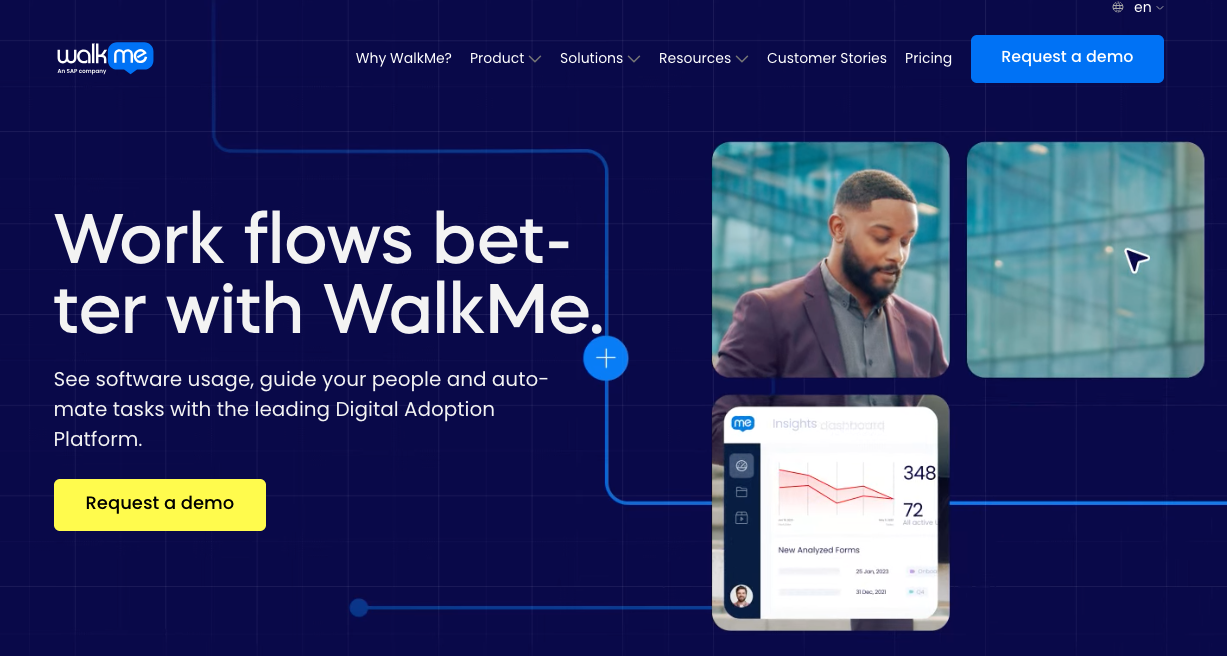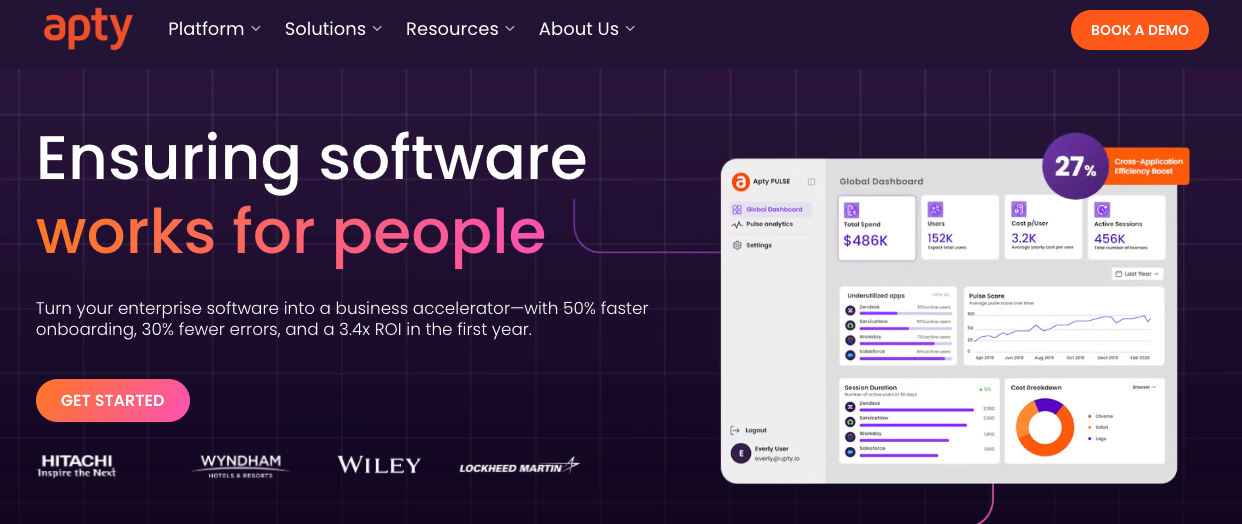3 Simple Questions Most Companies Can't Answer
Without clear answers, you'll build the wrong product for the wrong people with no way to prove its value.
Recently, I've been advising several early-stage companies, and I keep running into the same problem. These are smart founders with solid technical teams, but they're struggling to gain traction. They're building features, talking to customers, and iterating on their product, yet they can't quite figure out what's not working.
When I dig deeper, I always end up asking the same three questions. And almost every time, I get vague answers, uncertain responses, or the realization that they've never actually thought about it systematically.
The questions are simple. They're not trick questions with a hidden meaning. But they're hard to answer precisely, and most companies avoid the discomfort of getting specific.
The companies that can answer these three questions clearly are the ones that grow. The ones that can't stay stuck in the slow lane, constantly pivoting, constantly confused about why their product isn't catching on.
The three questions are:
Who is your product for?
What does your product do?
How well does it work?
These aren't just philosophical exercises. They're the foundation of finding product-market fit. If you can't answer them with precision, you'll waste time building the wrong thing for the wrong people without a clear value message.
Question 1: Who is your product for?
This seems obvious. Every company can tell you their target market. But when I ask founders this question, I typically hear things on the level of:
"We're targeting RevOps teams in B2B SaaS companies."
This answer feels specific, but it's actually too broad to be useful. In this example, RevOps teams at a 10-person startup face completely different challenges than RevOps teams at a 1,000-person enterprise. The tech stacks are different. The problems are different. The decision-making processes are different.
The earlier stage you are, the more specific you need to be.
A good answer to "who is your product for?" looks more like this:
"Pre-Series A companies in B2B SaaS powered by HubSpot that are uncertain which actions will help them hit their monthly new acquisition revenue targets."
Now we're talking about a specific segment with specific problems. This level of precision lets you do three critical things:
First, you can size the opportunity appropriately. You'll be able to identify if you have become too niche or if there is enough addressable market to get traction before a necessary product expansion to open new addressable market.
Second, you can perform user research on the right people. You're not talking to every RevOps professional in existence, you're talking to people who match your exact profile. This means the problems you uncover are actually relevant to your target market.
Third, you can develop a clear positioning strategy. Your marketing isn't trying to appeal to everyone in a broad category. It speaks directly to the specific pain points of your precise audience.
It typically takes several iterations to find a target demographic that's big enough to have commercial potential but niche enough that you're not trying to support too many edge cases. Don't be afraid to start extremely narrow, you can always expand later once you've nailed the core segment.
Question 2: What does your product do?
Most companies get this question wrong. They answer it literally.
"Our product automatically builds charts from your data." "We organize files across multiple platforms." "We provide AI-powered customer support."
These answers describe the mechanism, not the value. They tell me what your product does, but not what it accomplishes for the customer.
Question 2 isn't really asking about your features. It's asking: what measurable benefit do you deliver to your target market?
A better answer looks like this:
"We reduce customer support call volume." "We help teams find critical documents faster." "We increase first-call resolution rates."
These answers focus on the output or benefit, not the mechanism. They identify a specific business need and describe how you address it.
This matters because this metric should not be found by accident, it should be orchestrated by design. When you did your user research for Question 1, you should have identified a common and frequent business need among the target market. The answer to Question 2 is how you're addressing that need.
If you can't answer Question 2 this way, you're probably building features without a clear understanding of the value you're creating. You might stumble into something useful, but you're essentially guessing.
Question 3: How well does it work?
You've identified your target market. You've defined the measurable benefit you're delivering. Now you need to quantify whether your product actually delivers that benefit.
Most companies skip this step. They assume their product works because customers are using it, or because the customers say nice things about it. But "works" needs to be measured with real data.
When delivering your product, you need to put steps in place to measure whether it's accomplishing what you intended.
If your answer to Question 2 is "we reduce customer support call volume," then you need to actually measure that reduction. Did you reduce it by 35%? By 20%? By 5%? Or did call volume actually go up?
You need this data for two reasons:
First, it tells you whether your product actually solves the problem you think it solves. If you claim to reduce support calls but the reduction is at best trivial, you either need to improve your product or redefine what problem you're solving.
Second, assuming your product works (meaning it has a material beneficial impact on the need you're addressing), you can use this information in your marketing and product positioning.
Consider two competitors in the digital adoption platform space: WalkMe and Apty. WalkMe's homepage focuses on the mechanism: "Work flows better with WalkMe. See software usage, guide your people and automate tasks with the leading Digital Adoption Platform."
Apty leads with quantified outcomes: "Turn your enterprise software into a business accelerator—with 50% faster onboarding, 30% fewer errors, and a 3.4x ROI in the first year."
The contrast is striking. Apty's messaging immediately communicates measurable value. A prospect can assess whether those outcomes matter to their business. WalkMe's messaging requires the prospect to figure out for themselves how "seeing software usage" translates into business value.
This is the power of answering Question 3 well. You stop forcing customers to connect the dots and start showing them the clear, quantified value you deliver.
Early-stage companies often worry they don't have enough data to answer this question. But you don't need hundreds of customers. Go back to the people you researched the pain point with in Question 1. Set up some free proof of concepts. Work closely with 5-10 potential customers who fit your target profile. Instrument your product to measure the specific metric you identified in Question 2.
After the PoCs, you'll have real data. You'll have actual evidence that your product creates the value you claim it creates. As you gather more data from additional customers and use cases, you can refine these numbers and increase confidence in your measurements. The initial quantification from your proof of concepts provides a starting point that you'll continue to validate and adjust as you scale.
Why this framework matters
If you've worked with user stories before, this framework should feel familiar. A good user story follows this pattern:
"As a [type of user], I want [some goal] so that [some benefit]."
What I'm describing is essentially the same structure, but applied at the product level instead of the feature level:
Question 1: Who is the user?
Question 2: What benefit are we providing?
Question 3: How much of that benefit do we actually deliver?
This isn't just about creating good user stories. It's about giving your product and company an identity and value proposition. When you can answer these three questions clearly and precisely, you know exactly what you're building, for whom, and why it matters.
I've seen many companies spend 12-18 months building in the wrong direction because they couldn't answer these questions clearly. They'd say their target market is "small businesses" when they really meant "family-owned restaurants with 2-5 locations that don't have a dedicated IT person." They'd describe their product as "a platform for managing customer relationships" when they actually meant "we help sales teams close deals faster by surfacing the right information at the right time."
The lack of precision creates a cascade of problems. You talk to the wrong customers during research, so you build features that don't matter to your actual target market. You can't articulate your value clearly, so potential customers don't understand why they should care. You can't measure success properly, so you don't know if you're making progress. You waste engineering resources building features that seemed important but don't move the needle on the metric that matters.
Getting the foundation right
If you want to grow sales aggressively, you need to be crystal clear on these three questions first. Otherwise, you're trying to sell the wrong thing to the wrong person without a clear value message.
The good news is that these questions are answerable. They require some discomfort. Getting specific means making choices and narrowing your focus, which feels risky. But that specificity is exactly what lets you move faster and with more confidence.
Before you hire more salespeople, before you increase your marketing spend, before you build that next major feature, sit down and write out your answers to these three questions:
Who is your product for? (Be specific. Uncomfortably specific.)
What does your product do? (The measurable benefit, not the mechanism.)
How well does it work? (The actual data proving you deliver that benefit.)
If you can answer all three clearly and precisely, you're ready to grow. If you can't, you've just identified the most important work you need to do.



